Deering Banjo Tone Ring Comparisons
It is a commonly held belief that the tone ring of a banjo is the heart or the basis of the sound of a banjo. The tone ring certainly has a major effect on why a banjo sounds the way it does. The character or specific type of sound of a banjo is most clearly created and defined by the tone ring. The wood in the rim and neck affect the color, or warmth or brightness of the sound, but the tone ring really determines the basic voice or character of the banjo.
It is important to understand that the very specific materials that comprise various tone rings can have a profound effect on the character of the sound of a banjo and changing any ingredient will change the sound to some degree. In other words, spaghetti sauce tastes different when you spill too much salt or oregano into the pot. Changing alloy, weight or dimension of a banjo tone-ring changes the taste or character of the sound.
We will try to describe the various tone rings that Deering makes and make comparisons between them to help determine what “kind” of sound each produces. Some Deering banjos have rims that are not made with a tone ring and we will discuss them here so that all tone rings and rims will be discussed.
The Deering Twenty-Hole Bronze -06- Tone Ring
The Deering Twenty Hole -06- Tone Ring is often called a “flathead” or “flat top” tone ring. First built into Deering banjos in 2006, this tone ring was not only an instant success but it was also the result of a history-making, new, and innovative approach in tone ring manufacturing. The new alloy creates a tone ring with rich, complex harmonics that give the banjo a more musical character and expression, incredibly powerful, always superbly beautiful with a clear, bright ringing sound and good sustain.
The Deering -06- Tone Ring embodies all of the most desired tonal characteristics sought after by today’s top pickers. Flathead tone rings are by far the most popular design for five-string resonator banjos used by fingerpicking bluegrass banjoists. Deering’s -06- tone ring has sparkling, ringing high tones and powerful rich bass response with a sweet, but solidly powerful mid-range, that creates a full, brilliant and solid banjo tone. The response of this tone ring is so powerful and even, like the greatest violins and pianos in the classical music world, that the new Deering -06- player commonly feels that each and every fretted note has an equal intensity that translates to an ease of playability, prized and found, only in the most meticulously designed and crafted musical instruments that have been imitated but not duplicated throughout history.
The Deering -06- tone ring has a huge, powerful dynamic range. It can be played exquisitely soft for sweet, gentle passages. Or, it can be driven as hard as the human hand can drive it, while still retaining the full, sparkling tone demanded by the most exacting professional…but never sounding harsh. Unlike competitive tone rings and tone ring systems that are merely sharp or piercing (but not really powerful), the -06- tone ring increases volume with the beautiful sweet sound that is sought after by virtually all demanding players; professional and hobbyist.
Dubbed “The Roaring Twenty” by players who demand great volume and power for their hard-driving performances, this versatile tone ring easily fulfills the needs of any musical situation with power, grace, and precision.
The Patented Twenty-Ten Tone Ring
Made of brass in the Deering factory, this patented new Deering original gives the banjo a very rich, beautiful midrange with good bass and treble response. This is a very versatile tone ring and works great for both 3-finger, clawhammer and singer/songwriting playing styles.
The “Twenty-Ten”© tone ring was 3 years in development by Greg Deering, Jens Kruger and Philip Zanon and has blazed new and exciting territory in tone ring technology to create a rich, powerful and traditional sound in the Eagle II banjo.
The Jens Kruger Bell Bronze Tone Ring
Jens Kruger and the Deering Banjo Company joined forces with the Reutschi Bell Foundry of Switzerland in developing the revolutionary Jens Kruger tone ring design that has elevated the beauty of banjo tone to a brilliant, classical purity unheard of in today’s experience. Created with abroad bass to support the upper register, the Jens Kruger tone ring has unsurpassed tonal clarity, a rich and broad range of harmonics, bright and sparkling sound, and an incredible sustain to meet the needs of the most discerning of all banjo players from professional through dedicated banjo enthusiast.
Discovering that the density of molecular structure and consistent crystallization of the bronze in casting plays a key role in improving banjo tone, the new methods used to cast the Jens Kruger tone ring produce a tone ring that is as dense and consistent in structure as a huge church bell with the tonal qualities usually only attained in huge castings…it rings with a full range of tone that blends well with other instruments.
The Jens Kruger tone ring allows for great versatility of playing style, from delicate softness to hard-driving, without being overpowered! The even tone from string to string and more consistent tone regardless of right-hand placement make this banjo a player’s dream come true
The Deering Vega Tubaphone Tone Ring
The Vega Banjo Company around 1906 introduced the tubaphone tone-ring. It is a handmade tone-ring that, unlike a cast tone-ring, is made of three parts: the shell, hoop and the square tube. These three parts must be shaped, carefully hand fitted and soldered together, then polished and plated. These tone-rings have been used in both open back and resonator banjos but the current popular application is in open back banjos for old time and folk music and resonator models for Dixieland and Irish.
The sound of the tubaphone is a warm, round sound with a sweet, golden metallic ping in the tone. It doesn’t have the sharpness of a heavy cast tone-ring and for that reason, it is popular with folksingers and old-time clawhammer players who like a fuller sound. It is also extremely popular with plectrum banjoists in the Dixieland style. The notes on the higher frets are warm and clear. Some early bluegrass recordings were recorded on Vega banjos with tubaphone tone rings. Vega actually made an Earl Scruggs model at one time. For the player who wants a sweeter, gentler sounding banjo, that is crisp and full, with a little less“bite” than a cast bronze tone-ring, this is a classic and a beautiful choice.
The Deering John Hartford Grenadillo Tone Ring.
This tone ring is a uniquely Deering approach and sound. Grenadillo is used for marimba keys, bassoons and even some clarinets for its musical vibrancy and tone. In a banjo tone ring, it has a beautifully warm, round, full and rich sound. Its overtones are complex and full and yet it is capable of tremendous volume. As the player increases his or her volume, the banjo gets louder and louder but never gets harsh. While some famous brass tone ring banjos get more piercing as they get louder, the Hartford Tone ring just gets louder with all of its sweetness and rich tone. The late John Hartford commonly tuned his banjos down to E instead of G. The deeper, rounder sound of the granadillo tone-ring is ideal for lower tunings. A properly adjusted granadillo tone ring banjo can be crisp and responsive while producing a rich tone in all tunings and string gauges. If you add a fiberskyn head to this tone ring, the warmth and dark tone is emphasized and the brightness and crispness is reduced. This makes a perfect combination for old time styles and the traditional clawhammer or frailing approach.
One side benefit of this tone ring is its lightweight. It takes about 3 pounds off a bluegrass style resonator banjo. This can be very helpful for individuals who want the power and punch of a bluegrass banjo but are sensitive to weight due to physical size or back injury, etc.
The Boston banjo has a rim that is made of 3/16” steel. Unlike the soft aluminum rims that are common on imported and domestically assembled banjos, the 3/16” steel rim is extremely strong and hard. This rim is very bright and extremely clear. It is capable of beautiful, bright and crisp sound that records easily and is one of the most powerful parking lot picking banjos made. Studio musicians like the Boston rim because of its clear, subtly dry, precise tone. (This is the main reason it records so well) For the banjo player who needs a banjo that is extremely rugged, the Boston will endure more hardship than most due to the strength of the rim and the strong, simple joint of the neck to the rim.
The Arch Top Tone Ring
The arch top tone ring or tone chamber has a pronounced treble brightness. This design makes the vibrating surface of the head smaller in diameter because the tone ring slopes down to the outside of the rim, thus raising or creating a kind of arch with the highest point of the outside perimeter of the vibrating head being along the inside diameter of the rim, instead of the outside diameter, like a flattop tone-ring. The smaller vibrating surface vibrates at a higher frequency and therefore, produces a “voice” that is brighter or higher. Some bluegrass players and tenor banjoists prefer this brighter voice. If you want the brightest, sharpest, most“cutting” banjo sound, the archtop will provide it. The arch top doesn’t have the bass response of the flat top.
New Patent Pending Goodtime Special Tone Ring
2010 heralds the release of the new patent-pending Goodtime Special tone ring. Designed by Deering, the new Goodtime Special tone ring produces a louder, sweeter bell tone, a considerable step up in tone from the original tone ring that was featured on our previous Goodtime Special banjos. Made of steel and crafted in a new configuration, this new tone ring will give you good volume, clarity of tone, and the sparkling sound found in banjos at three times the price.
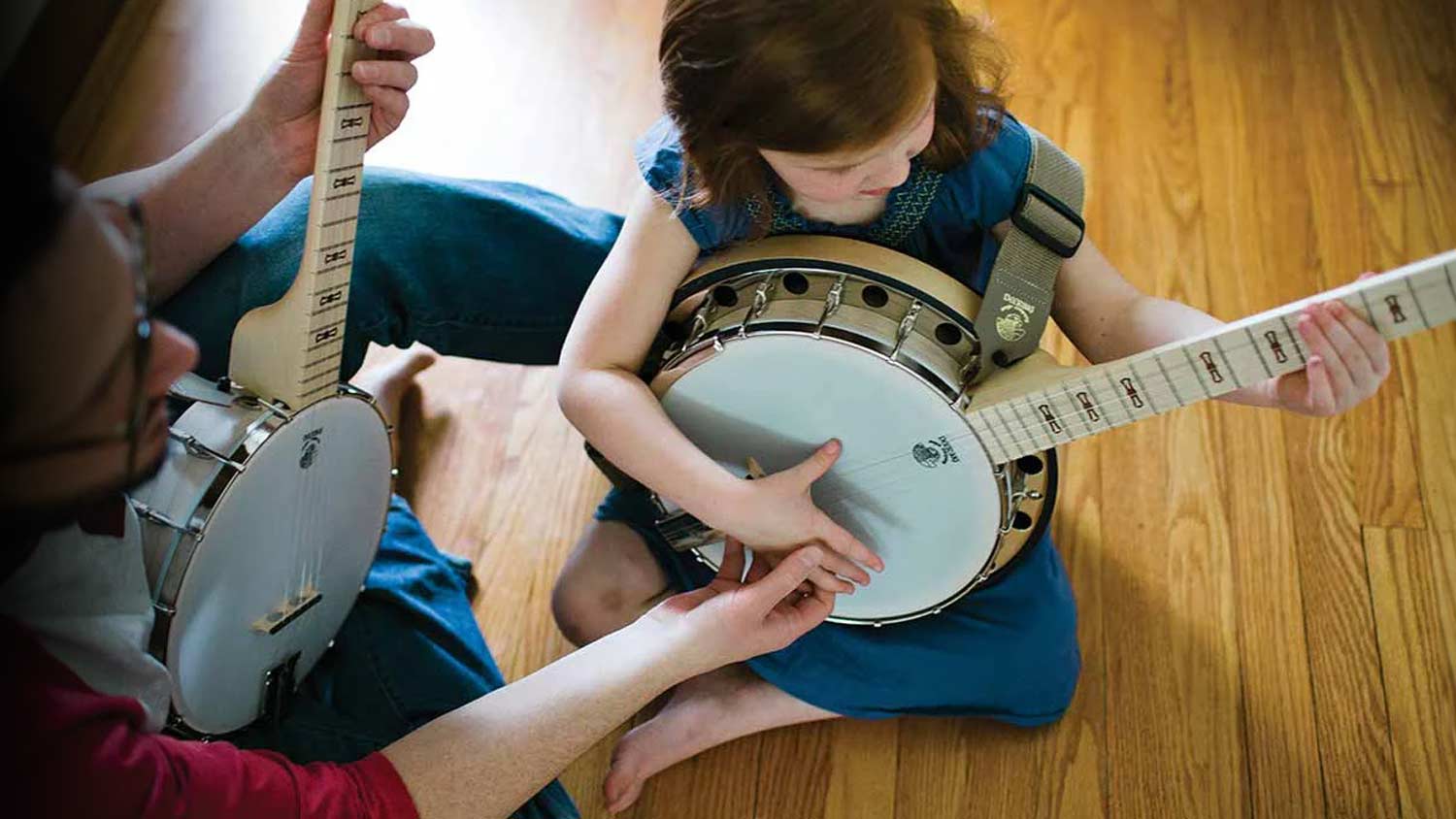



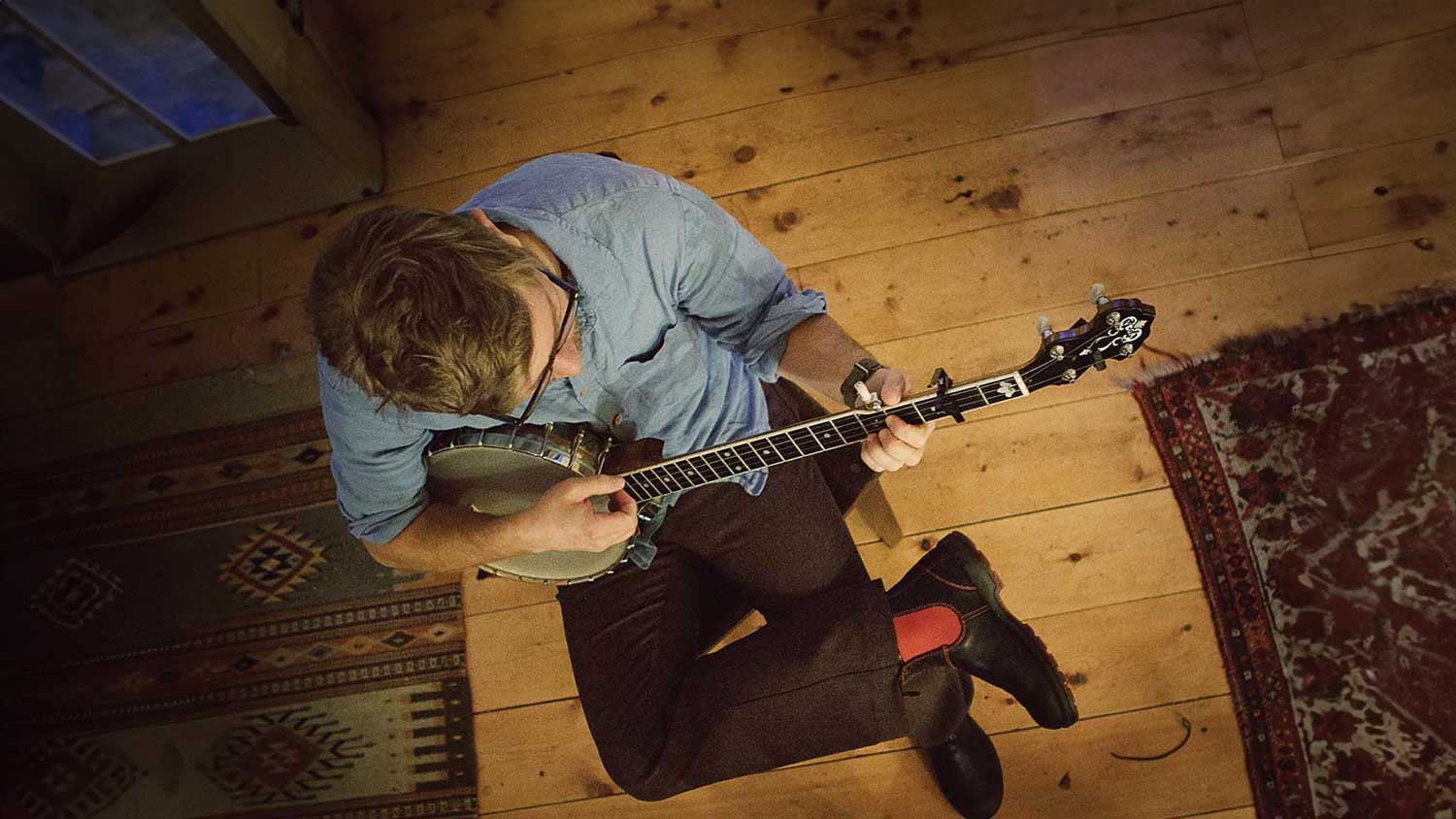
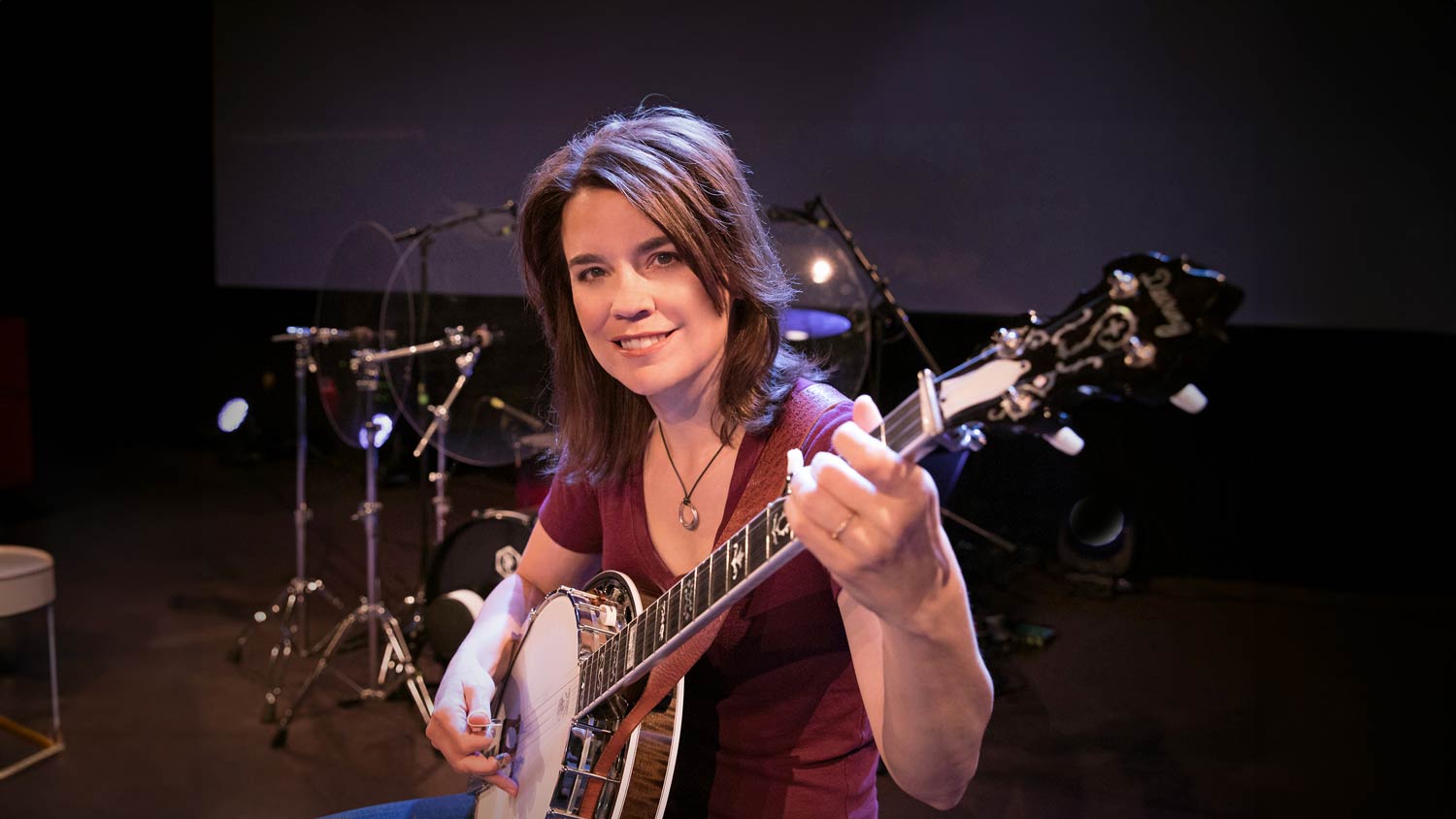

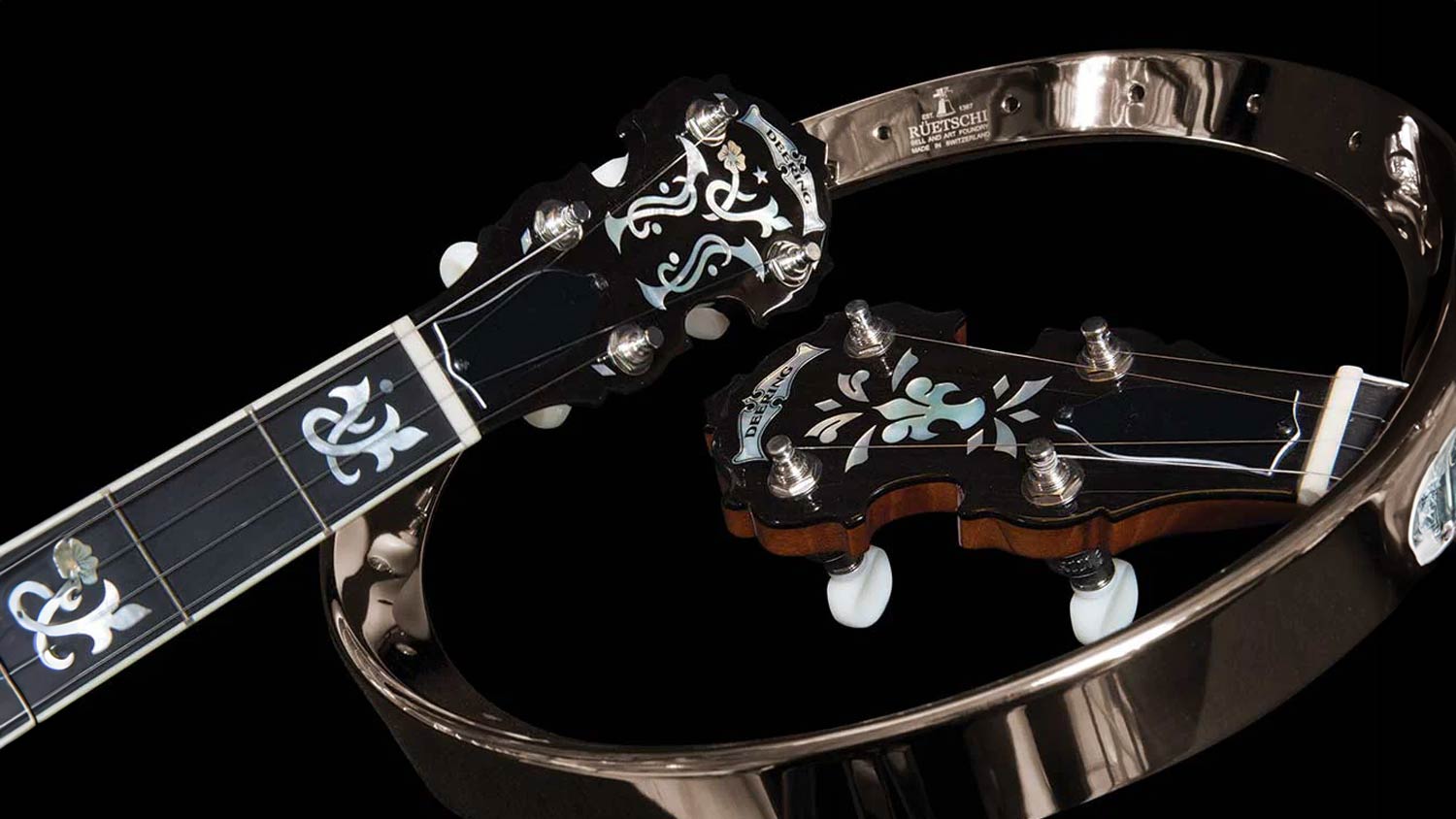

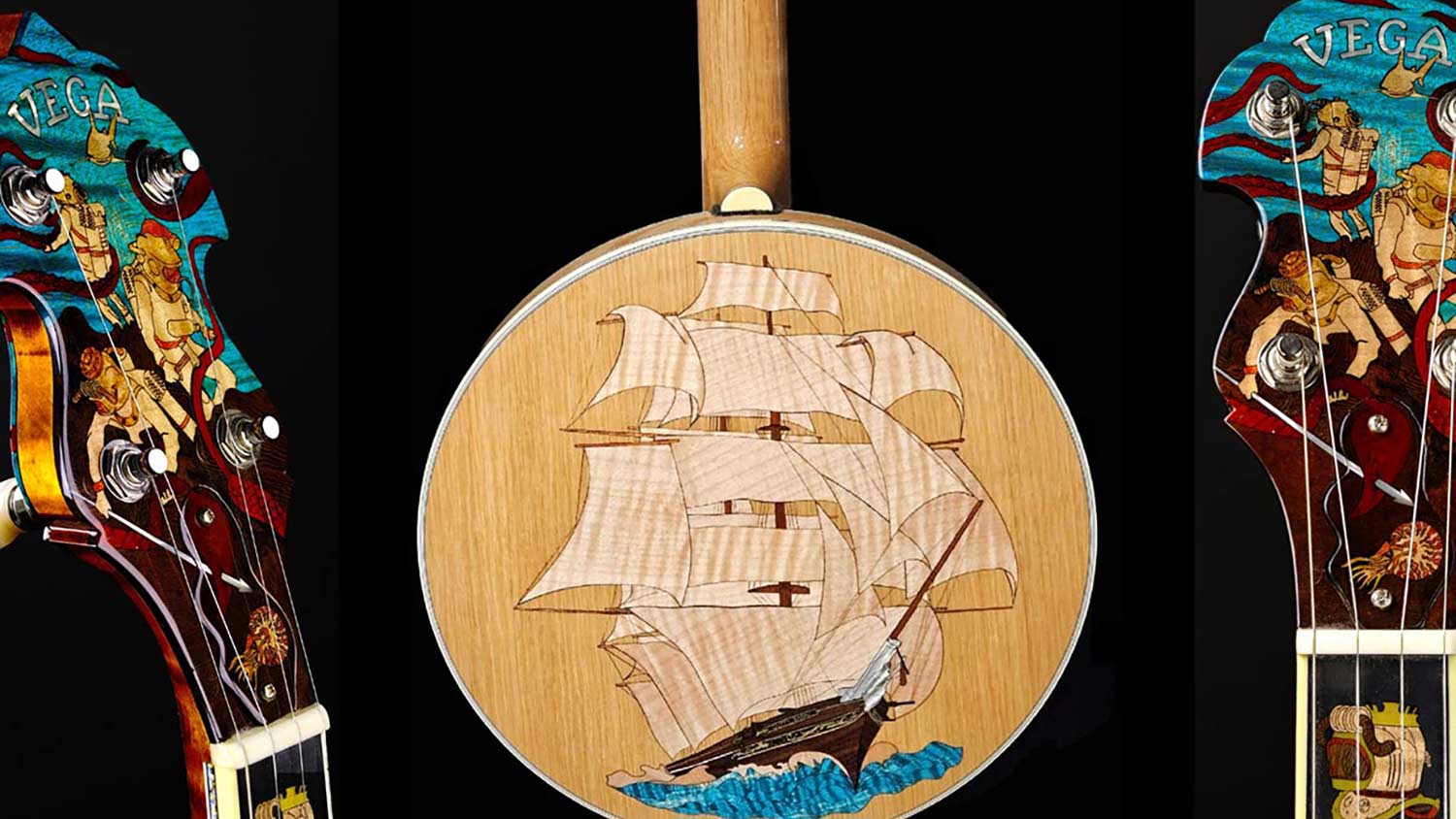





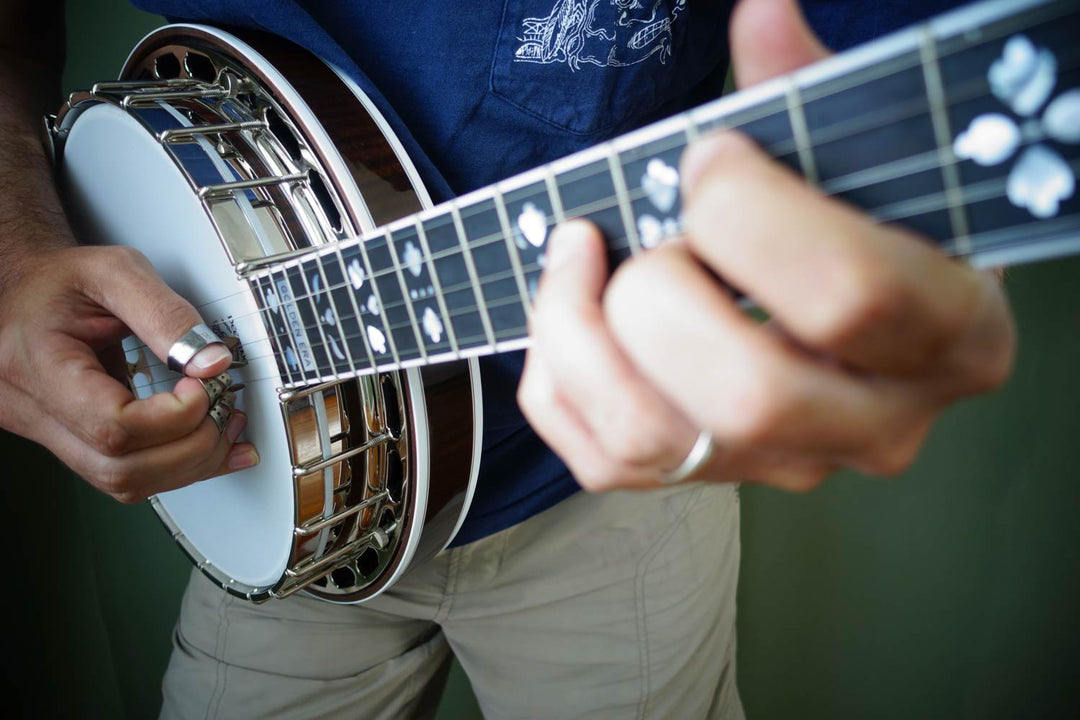
what is the price for 20 hole bronze ring for my Sierra
I was looking on your website for a Goodtime tone ring, do you still offer that?
how much is the 06 tonering
It says in the “tone ring section” that you guys will describe the banjo that has no tone ring at all, but I can’t find this anywhere.
Deering converted my Sierra to use a Hartford tone ring. Is it possible for me to purchase a new ‘06’ tone ring to return my Sierra to it’s original design? (I have the original rim). I would use “Dusty Strings” in Seattle for the rebuild, as opposed to sending my Sierra to Deering for the work. Deering installed my original ‘06’ tone ring on a Campfire long neck banjo). thank You, Chuck Lang
Leave a comment